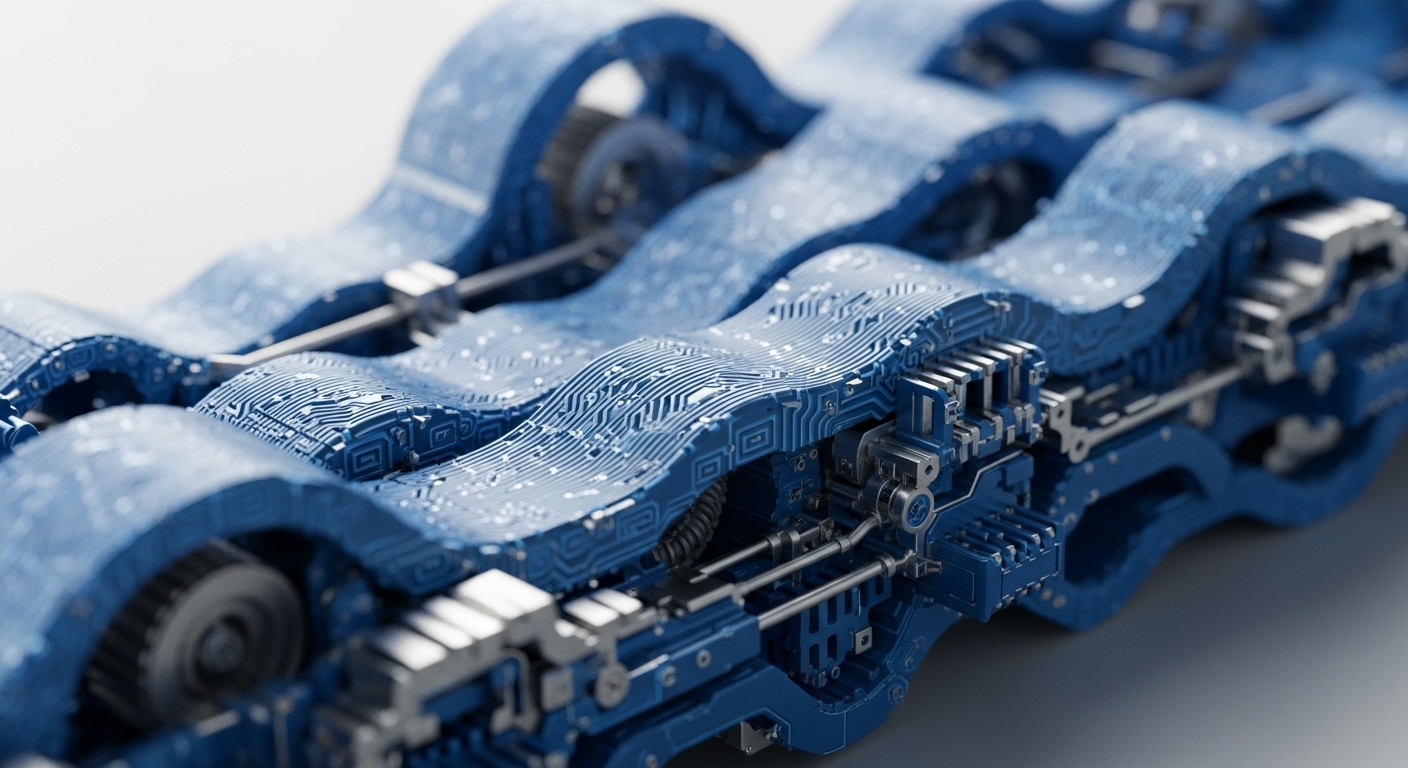
Briefing
Arbitrum’s Decentralized Autonomous Organization has ratified a proposal to launch a “Liquidity Mining V2” program, allocating a significant 75 million ARB tokens to a refined incentive structure. This strategic capital deployment immediately signals a shift from broad, undifferentiated liquidity mining to a targeted focus on highly capital-efficient protocols, specifically concentrated liquidity DEXs and new Real-World Asset (RWA) integration primitives. The primary consequence is the optimization of the Layer 2’s capital base, which is designed to attract institutional flow and solidify Arbitrum’s competitive moat in advanced DeFi, a move quantified by the 75 million ARB token commitment from the DAO treasury.

Context
The prevailing dApp landscape on Layer 2s has long suffered from fragmented and shallow liquidity, a direct result of legacy incentive programs that subsidized broad, inefficient pools. This led to poor capital utilization, where a large Total Value Locked (TVL) often failed to translate into deep, usable liquidity for large trades, creating user friction and high slippage. Furthermore, the integration of institutional-grade Real-World Assets was hampered by a lack of targeted, deep-pocketed incentives necessary to bootstrap these complex, compliance-focused primitives, leaving a critical product gap in the L2 DeFi stack.

Analysis
This event fundamentally alters the application layer’s capital allocation system by transitioning the DAO treasury from a simple subsidy model to a strategic investment framework. The cause-and-effect chain for the end-user is direct ∞ incentives are now tied to capital efficiency, meaning liquidity providers are rewarded for providing tighter, more concentrated ranges, which in turn reduces slippage and improves trade execution for all users. Competing protocols relying on older, broader liquidity models will face a significant competitive disadvantage, as Arbitrum is now subsidizing superior product design. This strategic alignment of the DAO’s capital with product-market fit metrics is the core reason this program is gaining traction, establishing a defensible network effect around high-quality, deep liquidity that is difficult for competitors to replicate without a similar treasury commitment.

Parameters
- Key Metric – ARB Allocation ∞ 75 Million ARB ∞ The total number of governance tokens allocated by the DAO for the Liquidity Mining V2 incentive program.
- Strategic Focus ∞ Concentrated Liquidity and RWA ∞ The two primary product verticals targeted for the new incentive distribution.
- System Altered ∞ Capital Allocation Mechanism ∞ The protocol’s method for distributing treasury funds to drive ecosystem growth and liquidity.

Outlook
The next phase of this program involves the creation of a transparent, on-chain dashboard to track the capital efficiency metrics of the funded protocols, ensuring accountability and data-driven iteration. This model for strategically allocating treasury funds based on efficiency is highly likely to be forked by competing Layer 2 ecosystems, which will be forced to upgrade their own incentive structures to remain competitive. Crucially, this new deep, capital-efficient liquidity primitive becomes a foundational building block for other dApps, enabling the creation of advanced structured products, sophisticated derivatives, and institutional vaults that rely on ultra-low slippage execution.

Verdict
The 75 million ARB allocation is a decisive strategic maneuver that hardens Arbitrum’s competitive moat by transforming its DeFi ecosystem from a subsidized liquidity pool into a systemically capital-efficient financial layer.
